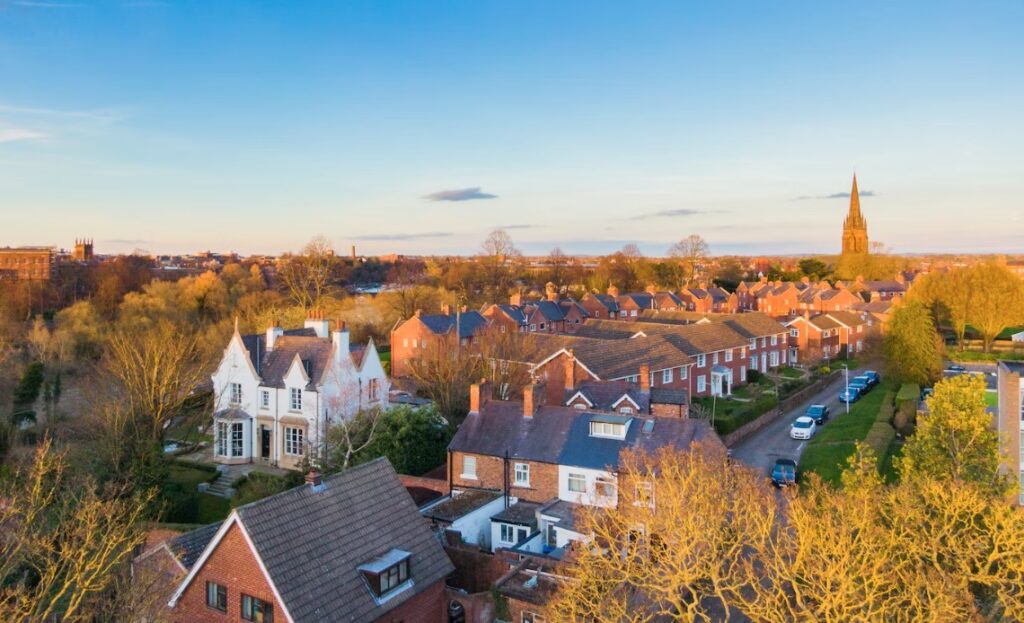As a surveyor, we are expected to know about our local area. This includes not only house prices, common defects, general knowledge of local amenities and schools, but also that of hazards. These hazards can include pollution, landfill, flood risks and also ground risks. Something we are always conscious of is clay, shrink-swell, and large areas where there is known subsidence. Conveyancers and legal advisors will recommend that upon beginning the process of purchasing a property you pay for some local searches, and mining is amongst some of the standard searches, therefore your legal advisor will also be able to provide further advice on the risks associated with hazards.
I live and work in Cheshire East, and a common hazard which we make people aware of is the salt and brine extraction in Cheshire. There is a long history of this locally, and persons who have also grown up in the area will probably be able to recall some of the major issues caused by such works, for example the collapsing ground in Northwich, and surrounding areas. Many of the areas end in ‘which’ which identifies them as having salt connections – think Northwich, Middlewich, Nantwich etc.
Historically, Cheshire is a known area for a rich source of salt and this has been extremely valuable since the Roman times. Water was flushed through disused mines both before and after underground mining was present to extract the salt, however the knock on effect of this was that support within the mines began to dissolve and then, as a result of this, collapsed. This work ceased just before 1990, with the exception of within Winsford who, according to Groundsure.com, still Mine under control of the local Authority. Problems were recorded in some cases up to 5km from the pumping site, meaning such subsidence can occur at quite a distance from where the pumping actually took place, and locations/distances should be discussed with your legal advisor.
The subsidence effects of this uncontrolled pumping resulted in the creation of the Cheshire Brine Pumping (Compensation for Subsidence) Act 1952, who in turn created the Cheshire Brine Subsidence Compensation Board (CBSCB) and Cheshire Brine Subsidence District (CBSD). This was developed in order to provide a means of providing compensation for subsidence caused by this type of extraction, in particular within Cheshire, but actually extending around South Warrington, Manchester, and to East Newcastle under Lyme.
Since 2006, the Cheshire Brine Search has been incorporated into the Law Society approved mining search. Since 2018, The Cheshire Brine Subsidence Compensation Board have updated the content of the ‘Cheshire Brine Search’ to include additional detail, and the search has since been renamed as the ‘Cheshire Salt Search’. Historically, the Brine Board has provided the Cheshire Brine Search to meet the requirements of professionals involved in property transactions and development within the CBSD. The searches, as standard, include details of past damage claims affecting properties and land, as well as identification as to whether the property lies within a statutory consultation area.
A large part of the surveying work we do, both in Level 2 Homebuyer Reports and Level 3 Building Surveys, is to notice any structural issues and provide guidance on possible causes and recommendations. Subsidence can leave tell-time signs, but sometimes properties can be at risk without any indicating factors other than desktop research and local knowledge.
Alisanne Cooper



